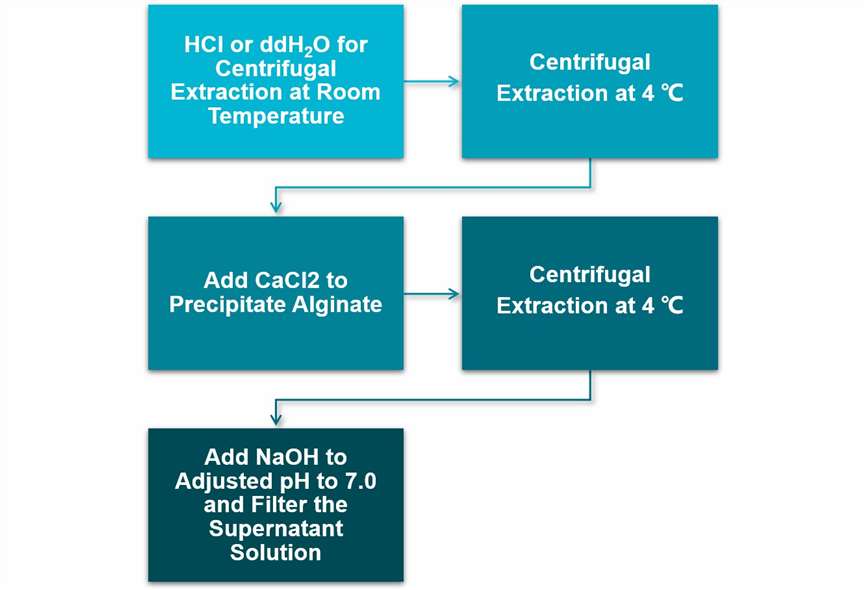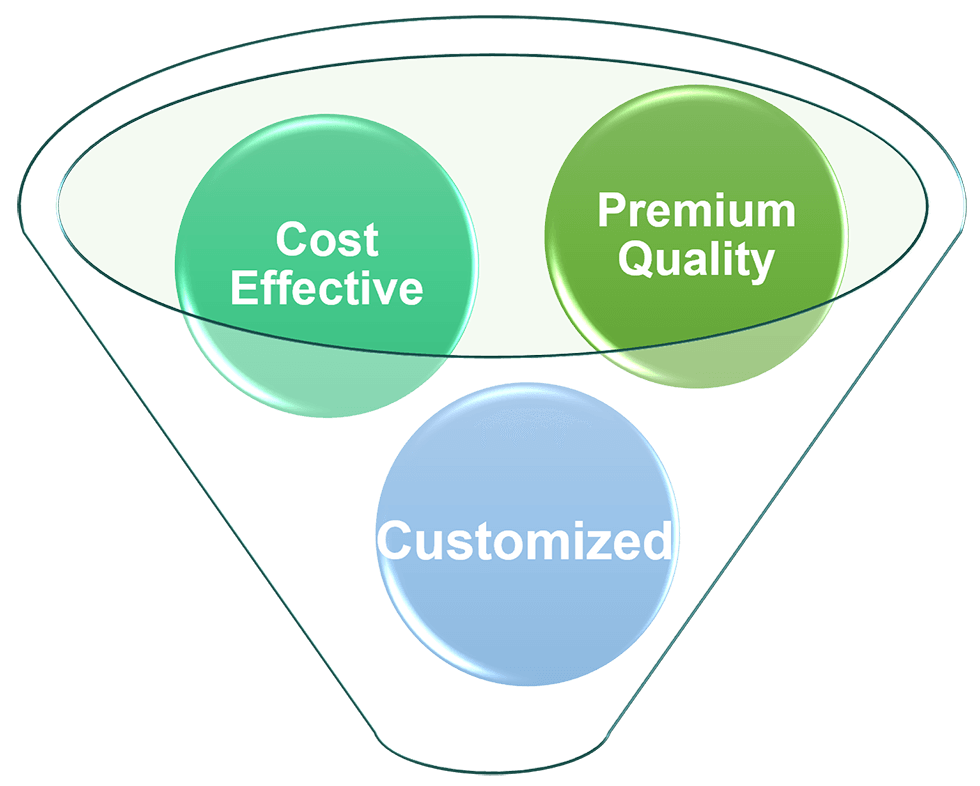Mannitol Biosynthesis Service from Algae
Mannitol is one of the most widespread sugar alcohol compounds, found in bacteria, fungi, algae, and plants. In fact, mannitol can serve as an organic penetrant, a compatible solute, an antioxidant, and a thermo-protective agent.
As an excellent CRO company, Lifeasible has been studying algae biosynthesis for many years and is capable to provide professional mannitol biosynthesis services from algae with our excellent knowledge base and outstanding scientific experience.
Introduction to Mannitol
Mannitol has many practical uses, in food as a sweetener, in medicine as a drug to lower eye pressure and as a medical filler, and as a major component of mannitol salt agar for bacterial growth cultures. Mannitol acts as a compatible solute in organisms and has a variety of functions, including osmolarity regulation, regeneration of storage and reduction capacity, and scavenging of reactive oxygen species.
Mannitol Production in Algae
Algae have developed a specific pathway in which mannitol-1-phosphate dehydrogenase (M1PDH) reduces F6P into mannitol-1-phosphate (M1P), which is then hydrolyzed to mannitol by a mannitol-1-phosphatase (M1Pase). In algae, both reactions are involved as part of the mannitol cycle, supporting the production and recycling of mannitol. In algae, mannitol occurs in several strains, such as the red microalga Dixoniella grisea and the macroalga Caloglossa leprieurii, and can account for up to 25% of their dry matter. Notably, brown algae commonly contain high concentrations of mannitol, such as Laminaria digitata containing above 30% mannitol by weight.
 Fig.1 Two steps in the production of mannitol from fructose-6-phosphate in algae. (Tonon, T., et al., 2017, The New phytologist)
Fig.1 Two steps in the production of mannitol from fructose-6-phosphate in algae. (Tonon, T., et al., 2017, The New phytologist)
Our Services
As a pioneer in algae research, Lifeasible is capable to provide professional mannitol biosynthesis services from algae including optimized algae culture services and mannitol extraction services.
Optimized Algae Culture Services
The growth conditions of the algae are optimized by adjusting the light, temperature, and composition of the medium, which in turn increases the density of the algae to increase the yield of mannitol.
Mannitol Extraction Services
After the algal culture, the algae are collected. The collected samples are transported to the laboratory and washed briefly with cold water. The material is then dried in an oven at 45°C for 48 hours and the dried algae are ground to less than 2 microns for further mannitol extraction.

The concentration of acid, ambient temperature, and the number of extractions can have an effect on the total amount of mannitol extracted.
Concentration of Acid - The concentration of acid will affect the release of mannitol and thus the amount of mannitol extracted.
Ambient Temperature - The temperature of the environment during the experiment can affect the amount and purity of mannitol extraction.
Number of Extractions - Although multiple extractions can increase the amount of mannitol extracted, the extraction benefit is low after four extractions.
The extraction process and parameters will vary for different species of algae. With many years of experience in algae research, Lifeasible can provide quality services to deliver the highest extraction amounts and the purest mannitol.

Why Choose Us
Lifeasible is capable to provide high-quality mannitol biosynthesis services from algae for our clients with our extensive experience and professional equipment. Please contact us for more information.
Reference
- Tonon, T., Li, Y., & McQueen-Mason, S. (2017). Mannitol biosynthesis in algae: more widespread and diverse than previously thought. The New phytologist, 213(4), 1573–1579. https://doi.org/10.1111/nph.14358.
Our services are for research use only and not for any clinical use.